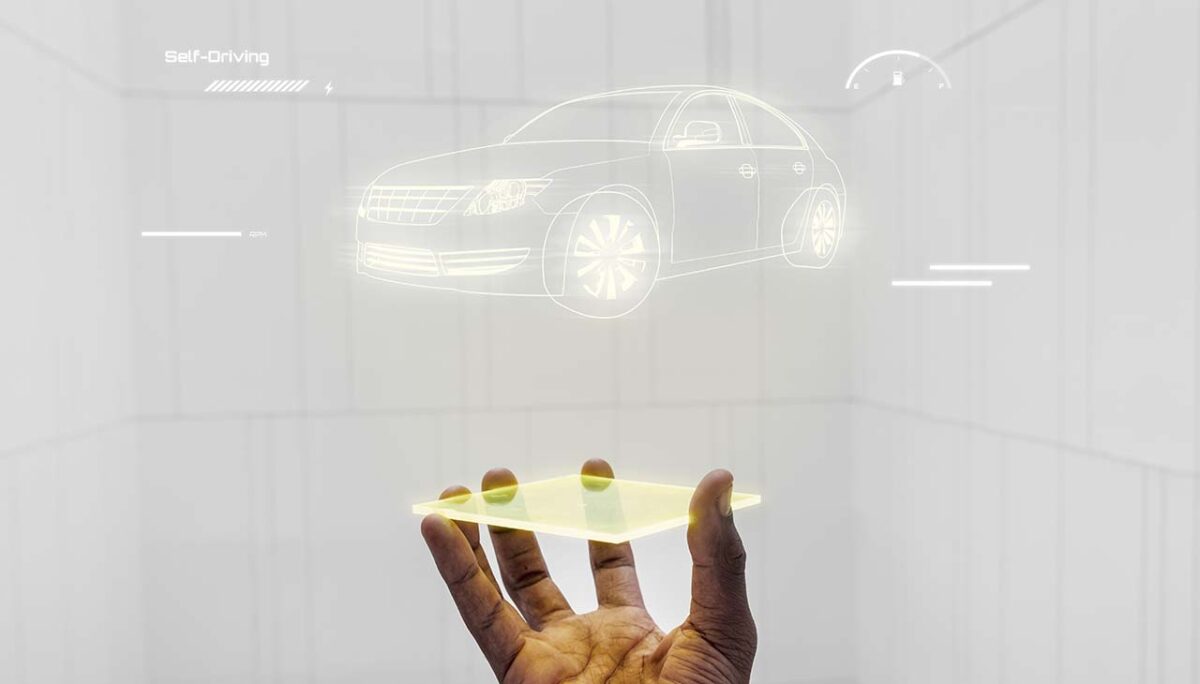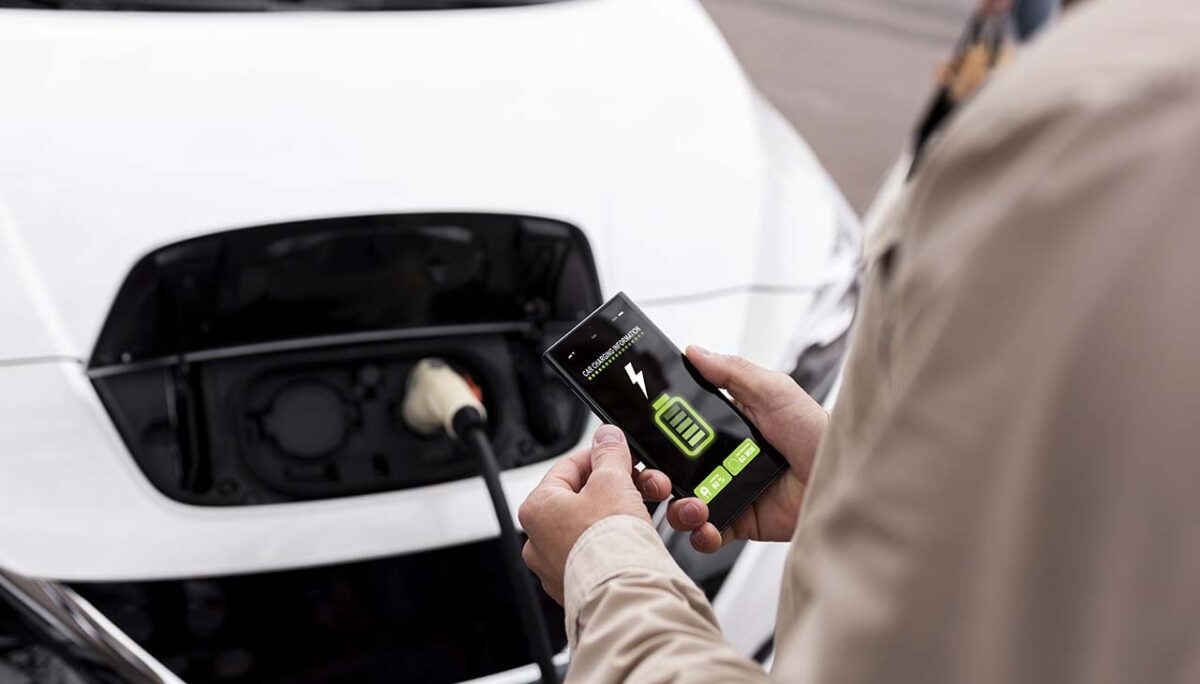The evolution of car design is a fascinating journey that mirrors the technological advancements, societal changes, and aesthetic preferences of each era. From the handcrafted elegance of classic cars that ruled the roads in the early 20th century to the sleek, technology-driven machines of the contemporary world, this evolution is not just about the changing shape and form of automobiles but also about the transformation in how we perceive mobility and luxury. This document aims to explore the milestones in car design, examining how economic factors, technological breakthroughs, and cultural trends have influenced the aesthetics and functionalities of automobiles, reshaping the automotive landscape over the decades.
Classic Car Design
Characteristics of Classic Car Design
Classic car design is distinguished by several key characteristics that set these vehicles apart from their modern counterparts. One of the most prominent features is the emphasis on craftsmanship and detail. During the classic era, cars were often hand-built, with manufacturers focusing on elegance and luxury over mass production. Another defining element is the use of curves and distinct lines, giving these automobiles a unique, timeless appeal. Chrome detailing and whitewall tires were also hallmark traits, adding to the overall aesthetic and charm of classic cars.
Key Elements That Defined Classic Cars
- Craftsmanship: Manufacturing processes during the classic car era were less automated than today, leading to a higher degree of craftsmanship and attention to detail.
- Distinct Lines and Curves: Fluid lines and pronounced curves were commonly employed in car designs, contributing to an elegant and sophisticated look.
- Chrome Detailing: Chrome was used extensively in the exterior design (bumpers, grilles, and accents), giving cars a luxurious and attention-grabbing finish.
- Whitewall Tires: These tires, known for their bolt white stripe on the outer edge, were a popular choice, enhancing the vehicle’s aesthetic appeal.
- Manual Transmissions: The majority of classic cars were equipped with manual transmissions, offering a driving experience that many enthusiasts find more engaging.
Examples of Iconic Classic Cars
- Ford Model T (1908): Often hailed as the car that “put the world on wheels,” the Model T is one of the most significant vehicles in automotive history due to its mass production.
- Rolls-Royce Phantom (1925): The Phantom set new standards in luxury and is a prime example of craftsmanship and elegance.
- Chevrolet Bel Air (1957): Known for its tail fins and chrome detailing, the Bel Air is a symbol of the American auto industry’s opulence during the 1950s.
- Jaguar E-Type (1961): With its breathtaking design and performance, the E-Type is frequently cited as one of the most beautiful cars ever created.
These classic cars not only showcase the intricate design and luxurious elements of their time but also mark significant milestones in the evolution of car design.
Transition Period
Factors Influencing the Transition from Classic to Contemporary Design
The shift from classic to contemporary car design was influenced by a series of technological advancements, regulatory changes, and a growing emphasis on efficiency and safety. This transition period witnessed the automotive industry adapting to the rapid pace of innovation, catering to evolving consumer demands and environmental concerns.
Technological Advancements Impacting Car Design
- Aerodynamics: The need for better fuel efficiency led to a greater focus on aerodynamic designs. Unlike the pronounced curves and distinct lines of classic cars, contemporary vehicles feature smoother profiles to reduce air resistance and improve fuel consumption.
- Materials Technology: Advances in materials science introduced lightweight and stronger materials to car manufacturing. The use of aluminum, carbon fiber, and high-strength steel allowed for lighter vehicles with improved performance and safety.
- Safety Innovations: The introduction of safety regulations resulted in significant changes in car design. Features such as crumple zones, anti-lock braking systems (ABS), and airbags became standard, impacting the overall structure and design of vehicles.
- Digital Technology: The advent of digital technology and computer-aided design (CAD) tools revolutionized car designing processes, allowing more complex and precise designs. Additionally, the integration of digital interfaces, connectivity options, and autonomous driving technologies has become a defining aspect of contemporary car design.
These technological advancements have not only influenced the aesthetics and functionalities of vehicles but also redefined what consumers expect from their automobiles, marking a clear departure from classic design principles towards a more technology-driven approach in automotive design.
Contemporary Car Design
Characteristics of Contemporary Car Design
Contemporary car design is defined by its blend of aesthetics, functionality, and cutting-edge technology. The focus has shifted towards creating vehicles that are not only visually appealing but also efficient, safe, and increasingly intelligent. Key characteristics include streamlined shapes for enhanced aerodynamics, the use of eco-friendly materials, and a strong emphasis on ergonomic interiors that offer both comfort and advanced technological features. Modern car designs also reflect a conscientious approach towards sustainability, with electric vehicles (EVs) and hybrid models becoming more prevalent, showcasing the automotive industry’s commitment to addressing environmental concerns.
Integration of Advanced Technology in Modern Car Design
The integration of advanced technology is at the forefront of contemporary car design. Digital interfaces, such as touchscreens and heads-up displays, have replaced traditional buttons and gauges, providing drivers with intuitive control and connectivity. Autonomous driving features, from basic assistance systems like lane-keeping assist and adaptive cruise control to fully autonomous capabilities, are increasingly being incorporated, promising a future where cars can drive themselves safely. Electrification of the drivetrain has become a key focus, with battery technology allowing for longer ranges and faster charging times. Smart materials capable of self-repair or changing colors are also on the horizon, indicating a future where car design and technology merge even more seamlessly.
Examples of Influential Contemporary Car Designs
- Tesla Model S: A pioneer in electric vehicle technology, the Model S boasts an impressive range, high performance, and a minimalist, technology-driven interior design. Its success has been a major driver in the push towards electric vehicles and has set a new standard for integration of technology in car design.
- BMW i8: The i8 represents a leap in both design and technology. With its striking appearance, including butterfly doors and a futuristic body shape, it combines luxury with sustainability through its hybrid electric powertrain.
- Audi A8: The A8 showcases advancements in autonomous driving technology and connectivity. It features a high level of automation and a sophisticated infotainment system, setting the bar for luxury sedans.
- Rivian R1T: Marking the rise of electric utility vehicles, the R1T integrates rugged capabilities with clean, efficient power. It’s designed to cater to adventure seekers, without compromising on environmental ethos.
These examples illustrate the diversity and innovation in contemporary car design, where designers and engineers push the boundaries of aesthetics, efficiency, and technology to meet the new age of mobility demands.




